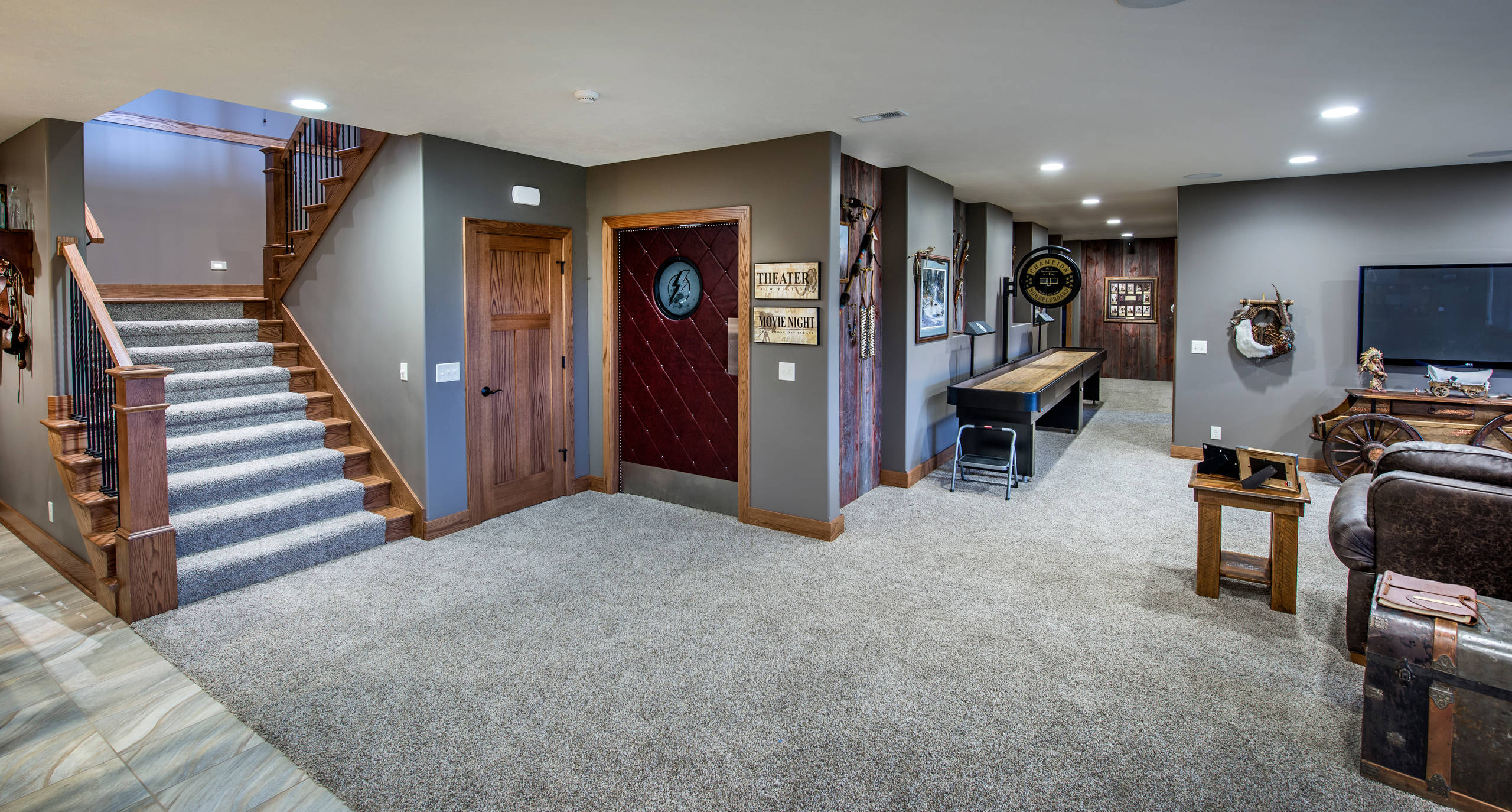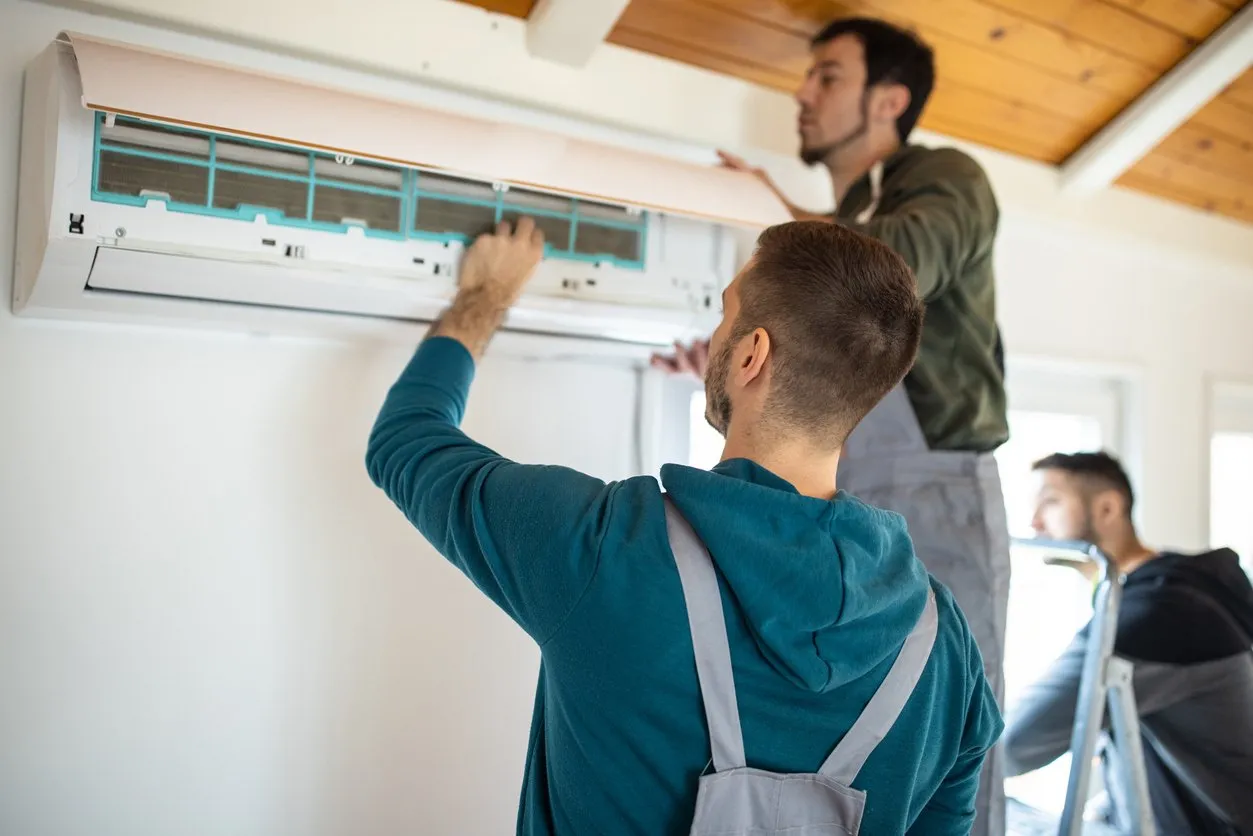Best 5 Basement Finishing and Replacement Tips and Tricks

Transforming your basement from a neglected storage space into a functional and inviting area can significantly enhance your home’s value and livability. Whether you’re looking to create a cozy family room, & want your Basement Finishing and Replacement a home theater, or an additional bedroom, finishing and replacement are key steps in unlocking the full potential of your basement. In this comprehensive guide, we’ll explore the process of basement change and repair, providing valuable insights, tips, and inspiration along the way.
Table of Contents
Assessing Your Basement
Before diving into the finishing and replacement process, it’s essential to assess your basement’s current condition and layout. Consider factors such as ceiling height, moisture levels, existing plumbing and electrical systems, and any structural limitations. This assessment will help you identify potential challenges and opportunities for improvement.
Planning Your Design for Basement Finishing and Replacement
Once you have a clear understanding of your basement’s layout and limitations, it’s time to start planning your design. Consider how you want to use the space and what features are essential to you. Are you envisioning a cozy entertainment area with a built-in bar? Or perhaps a spacious guest suite with a luxurious bathroom? Take the time to sketch out your ideas and create a detailed floor plan to guide your renovation.
Waterproofing and Moisture Control
Before proceeding with finishing and replacement, it’s crucial to address any existing moisture issues in your basement. Waterproofing measures such as sealing cracks, installing drainage systems, and applying waterproof coatings can help prevent water damage and mold growth, ensuring a dry and comfortable living space for years to come.
Framing and Insulation
With moisture control measures in place, the next step is framing and insulation. Framing walls and ceilings provides a framework for drywall installation and allows for the integration of electrical and plumbing systems. Proper insulation is essential for maintaining a comfortable temperature and energy efficiency in your finished basement.
Electrical and Plumbing
Once framing and insulation are complete, it’s time to install electrical and plumbing systems. This may involve running wiring for lighting, outlets, and appliances, as well as installing plumbing fixtures for sinks, toilets, and showers. Hiring a licensed electrician and plumber is recommended to ensure compliance with building codes and safety standards.
Drywall Installation
With electrical and plumbing systems in place, it’s time to hang drywall and finish walls and ceilings. Drywall installation requires precision and attention to detail to achieve smooth, seamless surfaces. Professional drywall contractors can ensure a high-quality finish that enhances the overall appearance of your finished basement.
Flooring Options
Choosing the right flooring for your finished basement is crucial for both aesthetics and functionality. Consider options such as carpet, hardwood, laminate, tile, or vinyl plank flooring, taking into account factors such as durability, moisture resistance, and ease of maintenance. Selecting a flooring material that complements your design aesthetic and lifestyle will help create a cohesive and inviting space.
Finishing Touches of Basement Finishing and Replacement
Once the major construction work is complete, it’s time to add the finishing touches that will bring your basement to life. This may include painting walls and ceilings, installing trim and molding, and selecting furnishings and decor that reflect your personal style. Pay attention to lighting, storage solutions, and other details that can enhance the functionality and comfort of your finished basement.
Conclusion
Finishing and replacement are transformative processes that can turn your basement into a valuable and enjoyable extension of your home. By assessing your basement, planning your design, addressing moisture control, framing and insulating, installing electrical and plumbing systems, hanging drywall, choosing flooring options, and adding finishing touches, you can create a space that meets your needs and exceeds your expectations.




